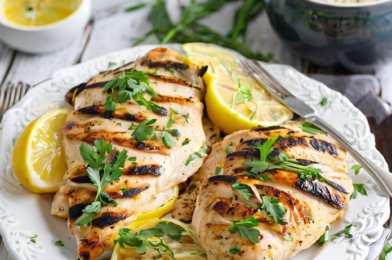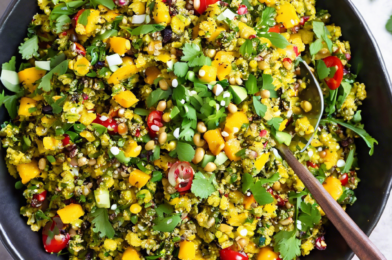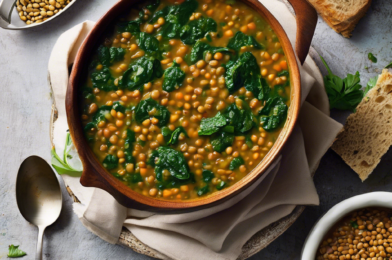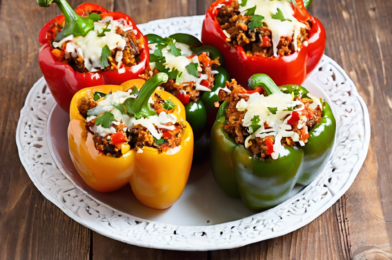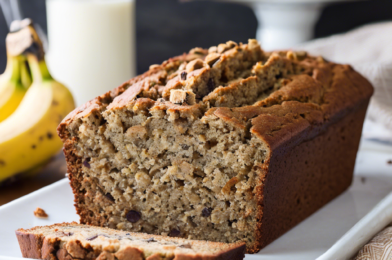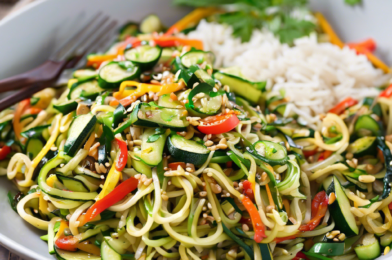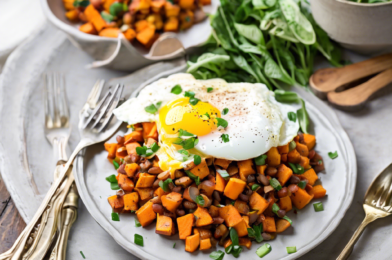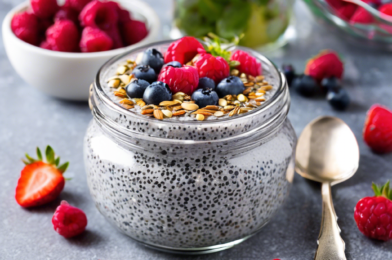There’s something universally delightful about the aroma of baked salmon wafting through the kitchen. Recently, I decided to try a recipe for Baked Salmon with Garlic Butter, and let me tell you, it was an instant hit with my family. The tender, flaky texture of the salmon contrasted beautifully with the rich, buttery garlic sauce, creating a dish that felt both luxurious and comforting. My family couldn’t get enough, and even my pickiest eater asked for seconds. The simplicity of the preparation belies the depth of flavor in every bite, making it the perfect dish for both special occasions and simple weeknight dinners.
Ingredients
For this delightful Baked Salmon with Garlic Butter, you’ll need the following ingredients:
- 4 salmon fillets (about 6 ounces each)
- 1/4 cup unsalted butter, melted
- 4 garlic cloves, minced
- 1 tablespoon lemon juice
- Salt and freshly ground black pepper, to taste
- 2 tablespoons fresh parsley, chopped
- 1 lemon, sliced for garnish
Instructions
Baking salmon with garlic butter is a straightforward process, but it yields an exceptionally flavorful result. Here’s how to do it:
- Preheat your oven to 375°F (190°C). Line a baking sheet with aluminum foil or parchment paper for easy cleanup.
- Place the salmon fillets skin-side down on the prepared baking sheet. Season each fillet with salt and pepper to taste.
- In a small bowl, combine the melted butter, minced garlic, and lemon juice. Stir to blend the ingredients well.
- Pour the garlic butter mixture evenly over the salmon fillets, ensuring that each piece is well coated.
- Bake the salmon in the preheated oven for 12-15 minutes, or until the fish flakes easily with a fork. Cooking time may vary slightly depending on the thickness of the fillets.
- Remove the salmon from the oven and let it rest for a few minutes. Garnish with chopped parsley and lemon slices before serving.
Nutrition Facts
This recipe serves 4, with each serving containing approximately 350 calories. The nutritional benefits of salmon, combined with the healthy fats from butter, make this a wholesome choice for anyone looking to enjoy a nutritious meal without compromising on taste.
Preparation Time
One of the best parts about this recipe is its efficiency. From start to finish, the preparation and cooking time total around 30 minutes. This makes it an excellent option for busy weeknights when you want to serve something delicious without spending hours in the kitchen.
How to Serve
While the Baked Salmon with Garlic Butter is exquisite on its own, here are some serving suggestions to complete your meal:
- Serve with a side of steamed vegetables such as asparagus or broccoli to add a pop of color and freshness.
- Pair with a simple green salad dressed with olive oil and balsamic vinegar for a light, complementary side.
- Add a serving of buttery mashed potatoes or quinoa for a more filling meal.
- Top the salmon with additional lemon slices or fresh herbs for extra flavor.
- For a touch of elegance, consider serving the salmon on a bed of creamy risotto.
Additional Tips
To ensure your Baked Salmon with Garlic Butter is perfect every time, consider these tips:
- Choose Fresh Salmon: Whenever possible, select fresh salmon fillets for the best flavor and texture. Look for fillets with vibrant color and a clean, mild scent.
- Don’t Overcook: Salmon is best when it is slightly undercooked. It will continue to cook after being removed from the oven, ensuring it remains moist and tender.
- Customize the Butter Sauce: Feel free to add other herbs such as dill or thyme to the garlic butter mixture for a different flavor profile.
- Use a Meat Thermometer: For precision, use a meat thermometer to check that the internal temperature of the salmon reaches 145°F (63°C).
- Experiment with Citrus: Besides lemon, you can try using orange or lime juice for a different citrus twist.
FAQ Section
Here are some frequently asked questions about Baked Salmon with Garlic Butter:
- Can I use frozen salmon fillets? Yes, you can use frozen salmon, but make sure to thaw them completely before cooking to ensure even cooking.
- Is it necessary to use unsalted butter? While unsalted butter is preferred to control the saltiness of the dish, you can use salted butter and reduce the amount of added salt.
- Can I substitute the butter with olive oil? Absolutely! Olive oil is a great alternative for those looking to reduce dairy or saturated fat in the recipe.
- What other herbs can I use? In addition to parsley, dill, thyme, or basil can be used to complement the flavors of the garlic butter sauce.
- How do I store leftovers? Store leftover salmon in an airtight container in the refrigerator for up to 2 days. Reheat gently in the oven or microwave to prevent drying out.

